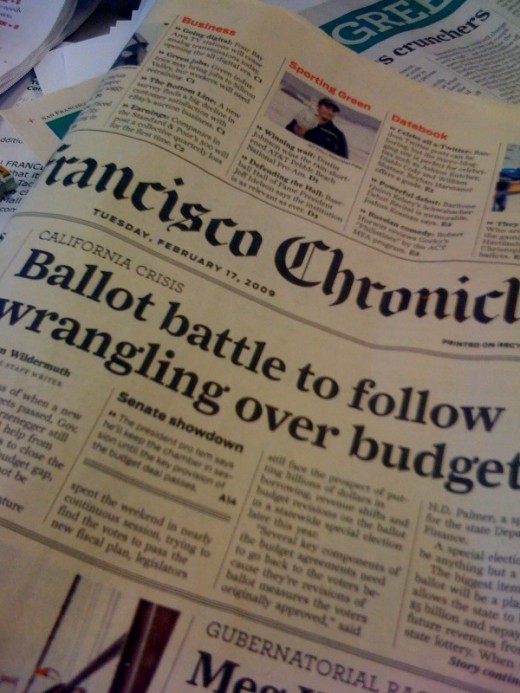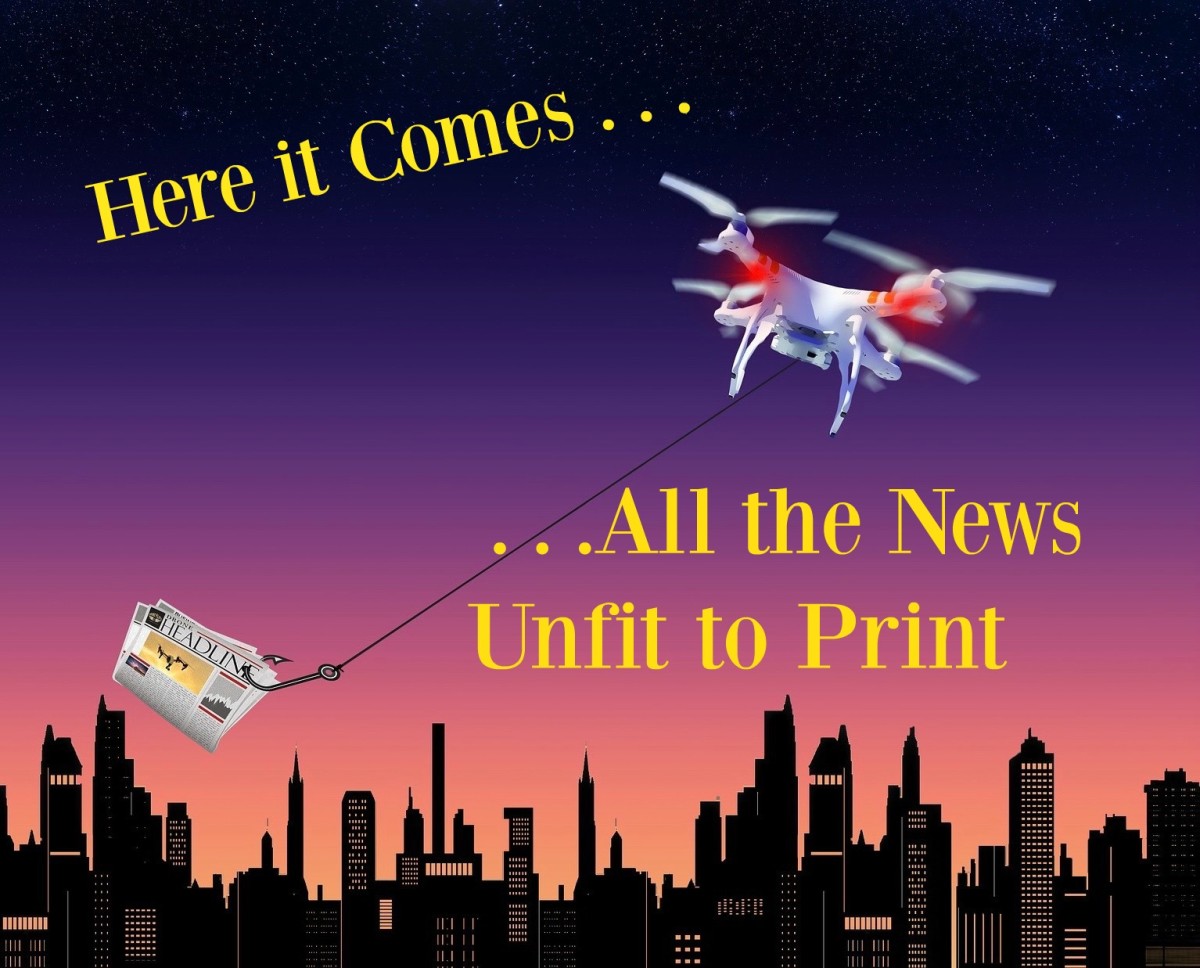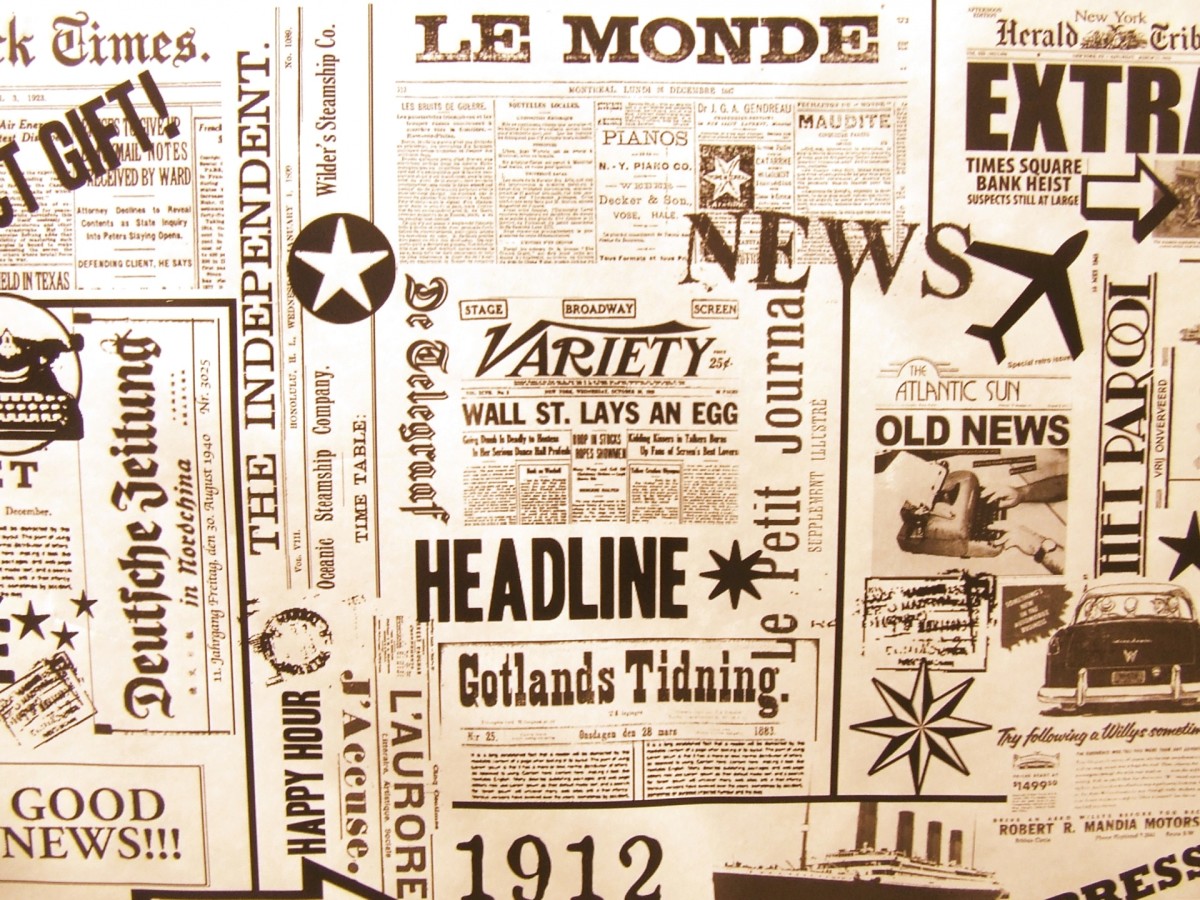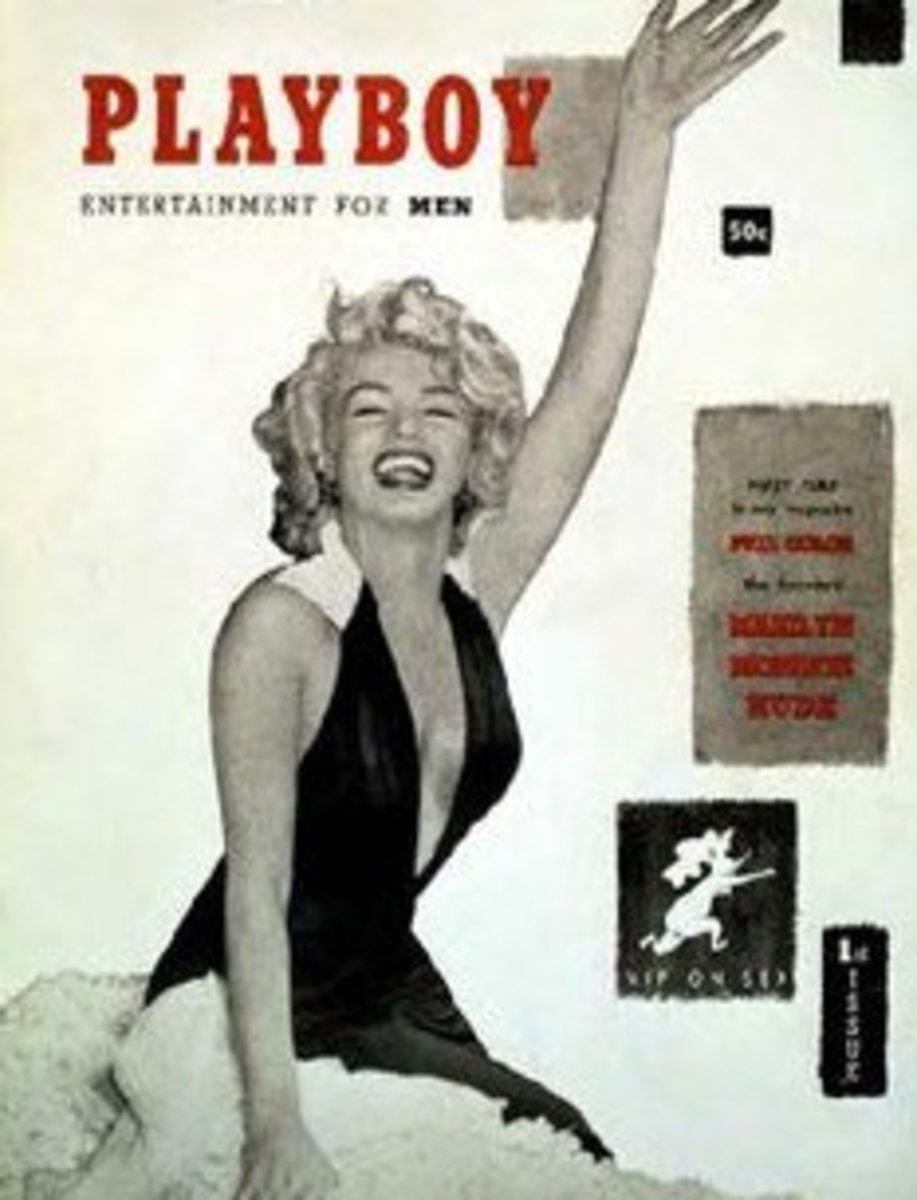A Reporter's Journalism Tips: Who's Who in a Traditional Newspaper Newsroom

What's in a name? Journalism jobs defined
Traditional newspapers may not exactly be a growth industry, but there still are plenty of them out there, from small local dailies to large national papers like USA Today, the New York Times and the Wall Street Journal. Then there are myriad news weeklies, from the alternative newspapers like the Village Voice and S.F. Weekly to niche publications like Crain's CHicago Business, the Business Journal empire and Sporting News.
All of these publications come out of a newsroom. Wherever you go, there are lots of similarities from newsroom to newsroom since they all rely on similar skills to collect, produce, organize and transmit the news. Just how many people do the work of putting out the news, and just how discrete each job function actually is, depends mightily on the size and resources of the publication. It's the lucky newsroom (and lucky reporter!) that has full time fact checkers and copy editors in this day and age.
Here, however, is a pretty decent account of who's who in a typical newsroom.
Editors
Editor-in-chief: Sometimes called the executive editor, this person is the most senior executive on the news side of the organization. Theirs is the editorial vision that determines what the publication deems newsworthy and the tone the paper takes in approaching that news. The editor-in-chief sets standards for the paper and is responsible for motivating the editorial staff. This person also helps establish the paper's business strategy, at least as it pertains to editorial coverage.
Managing editor: The managing editor is the number two person in the newsroom, but often they in fact have at least as much power as the editor-in-chief, if not more. The managing editor is responsible for making sure stories are assigned, deadlines are met. Basically, this is the person who sees to it that all the parts of a newspaper are finished and in the right place. They also "manage" the budgets, be that story assignments or paying freelancers.
Copy editor: This is the person who makes sure that spelling and grammar are correct, that the layout is accurate, that pages jump to the pages they are supposed to jump to, that the font and style are all in accordance with the publications own standards. A copy editor is basically a walking AP Style Guide. These are the people who know if "Internet" should be capitalized, whether something is "underway" or "under way" and when numbers are written or spelled out. Copy editors also correct for clarity and conciseness. They are the last line of defense before a page is approved and sent to the printer.
Fact checker: This is the person who makes sure that every statement in a non-fiction or news story is true. That means numbers and dates, spellings of names, etc. They also are supposed to be the people who make sure the reporter is in fact reporting rather than making up sources and facts. To be a good fact checker, you need to be able to determine which facts must be checked, and also to research them quickly. Sometimes this involves phoning the sources in a story. The New Yorker magazine is famed for having the best fact checking department out there. At most newspapers, with the shorter turnaround times and leaner budgets, most reporters are responsible for getting their own facts straight.
Reporters
Reporter: This one is self evident. Most reporters are staff positions, which means they come with benefits, a set salary, and usually a specific beat the reporter is responsible for covering. A beat reporter is expected to know what is happening on his or her beat, so he or she comes up with the story ideas versus waiting to be assigned stories by an editor.
Freelancer: A freelancer, sometimes called a contributor, is a non-staff person who reports and writes stories for a newspaper or magazine. They are paid for the story, and often any incurred expenses, but they do not get a salary or benefits. There are two primary kinds of freelancers. One is someone contracted by the publication to write a specific story. This means there's a contract, a story that is assigned, etc. The other kind of freelancer is someone who comes up with their own story ideas and pitches publications, hoping someone will buy the story. Many of this second kind of freelancer have established relationships with a number of different publications, which makes it a little easier to place a story.Freelancers can be paid by the day, by the hour, by the story or by the word.
Stringer: A stringer is a kind of freelancer, most often associated with newspaper or television news bureaus. Usually, a stringer has an ongoing relationship with one or more news outlet, and a stringer can be a writer or a photographer. Many newspapers no longer have foreign bureaus, so they rely on stringers in those markets to furnish them with stories when news breaks in that region or when something interesting happens. A stringer is also sometimes called a correspondent or a contributor, even a freelancer, depending on the newsroom's prevailing jargon. Some stringers provide only reporting from a location, feeding quotes, "color" (things they see that enhance a story or capture a mood, but are not critical) and even facts to an editor or reporter back in the newsroom. Stringers can be regular freelancers at a publication, and most stringers usually string for more than one news outlet.
Production
Art director: Ever wonder who designs a paper's layout, choosing whether a photo is vertical or horizontal, if a story should take one column ion the front page or two? That's your art director. The art director also acts as a photo editor at smaller publications, choosing which image from a photo shoot should accompany a story. The art director also oversees all graphics for a paper.
Production manager: Now that papers are laid out and arranged on a computer rather than on a printing press, the [production manager is usually a pretty solid tech guy. In my newspaper he lays out the paper, figuring out what pages have ads, so how many inches of copy (news stories) we need to fill the front news hole, the feature section, etc. Our production manager also gets the complete paper off to the printer, and handles any interactions on that (production) end of things.
Photographer: A picture is worth a thousand words, some say, and certainly any print publication worth its salt recognizes that photos are a critical way to engage readers, and convince them to read a story. Faces, dogs and action shots are critical to a successful piece of photojournalism; a successful photo tells a story just as much as a reporter's words do.







